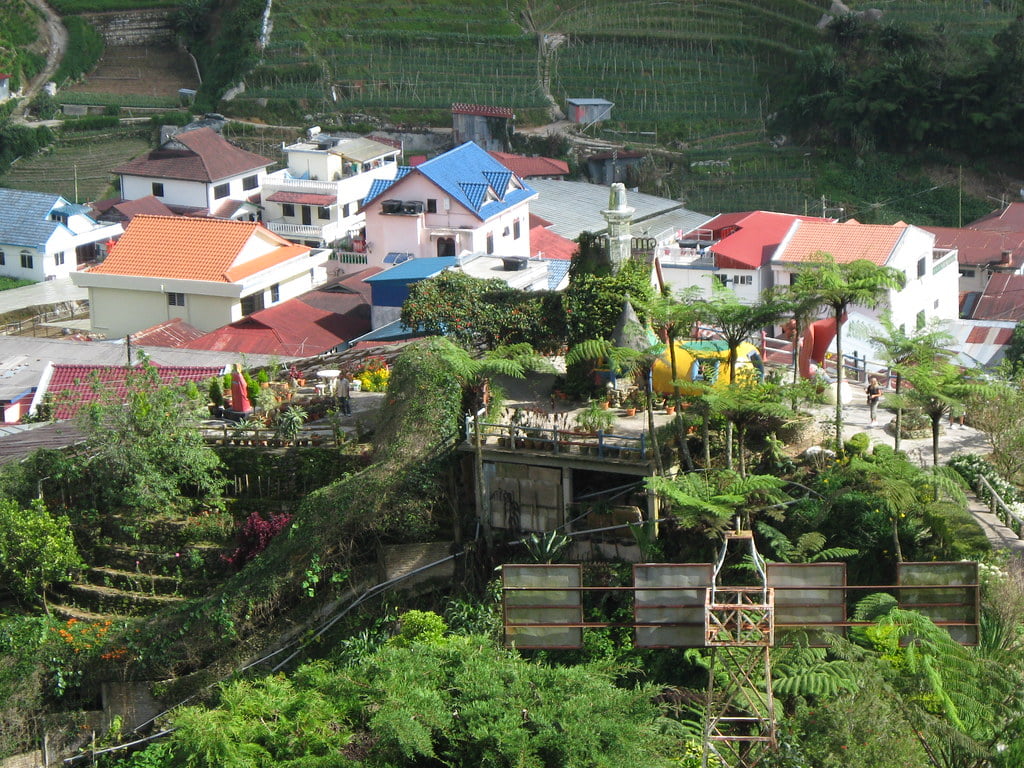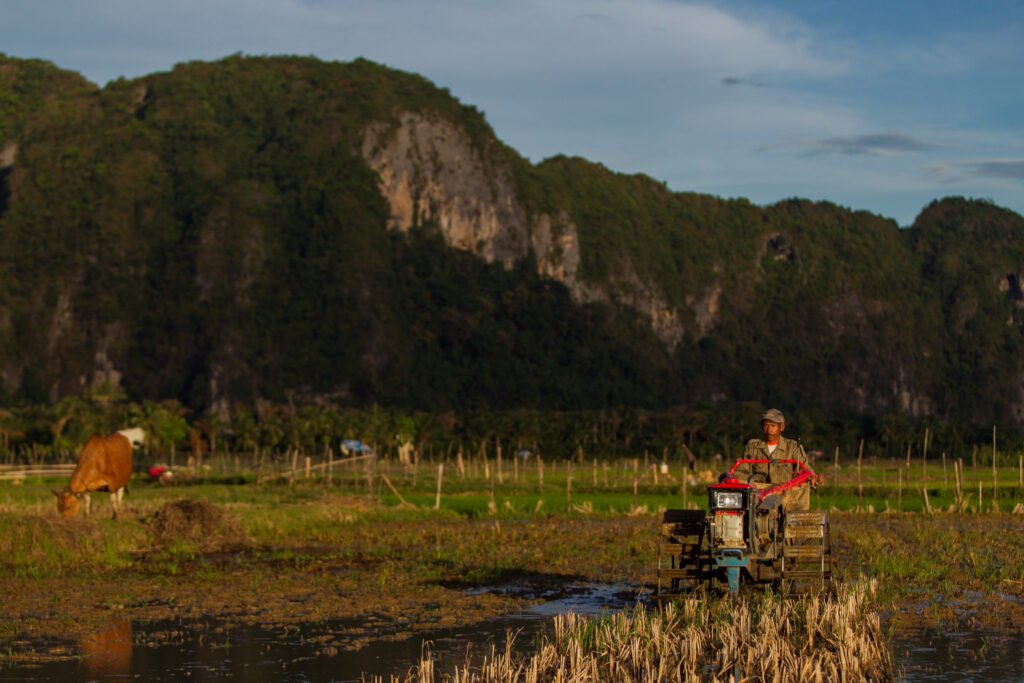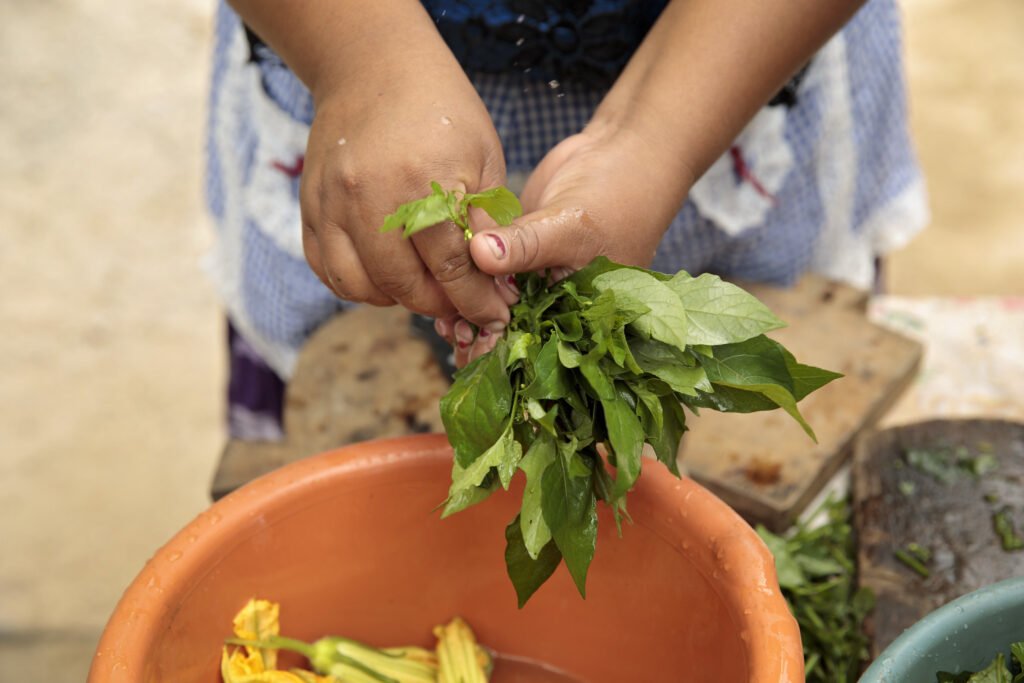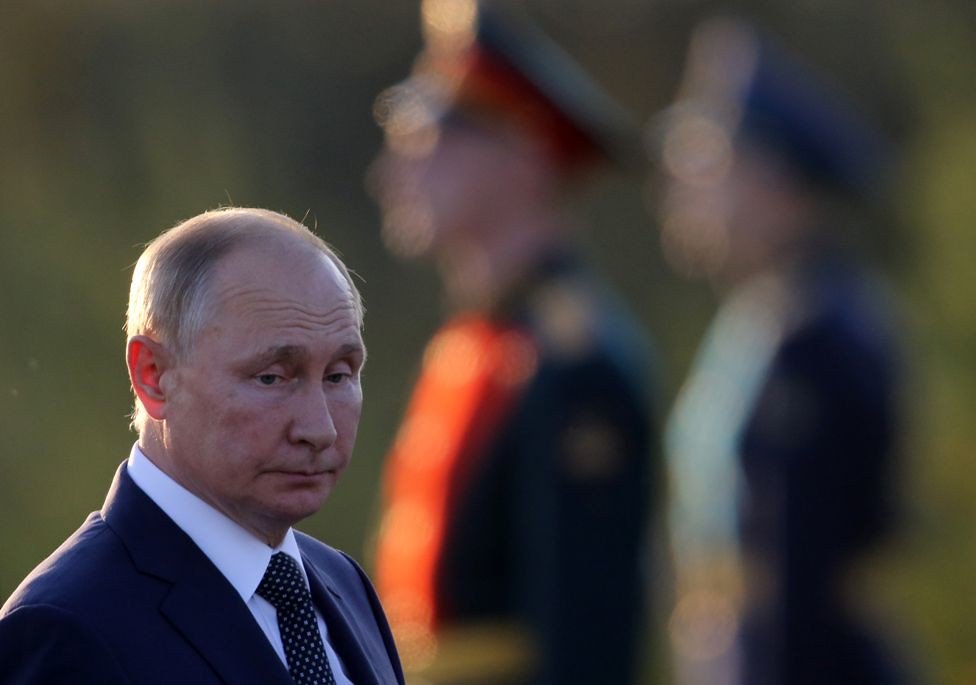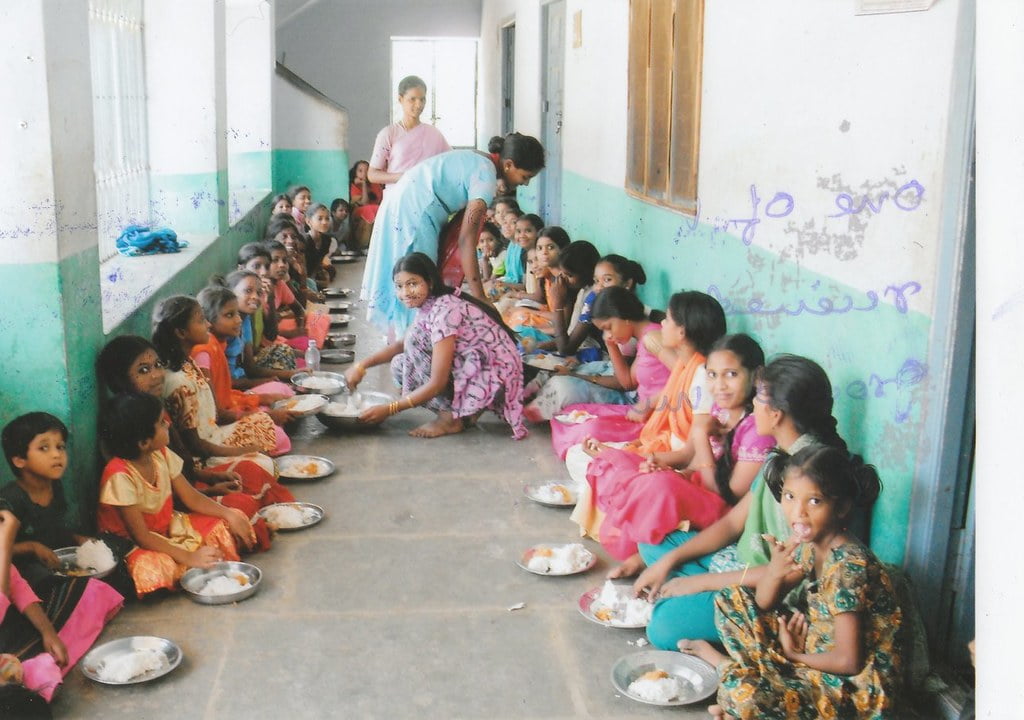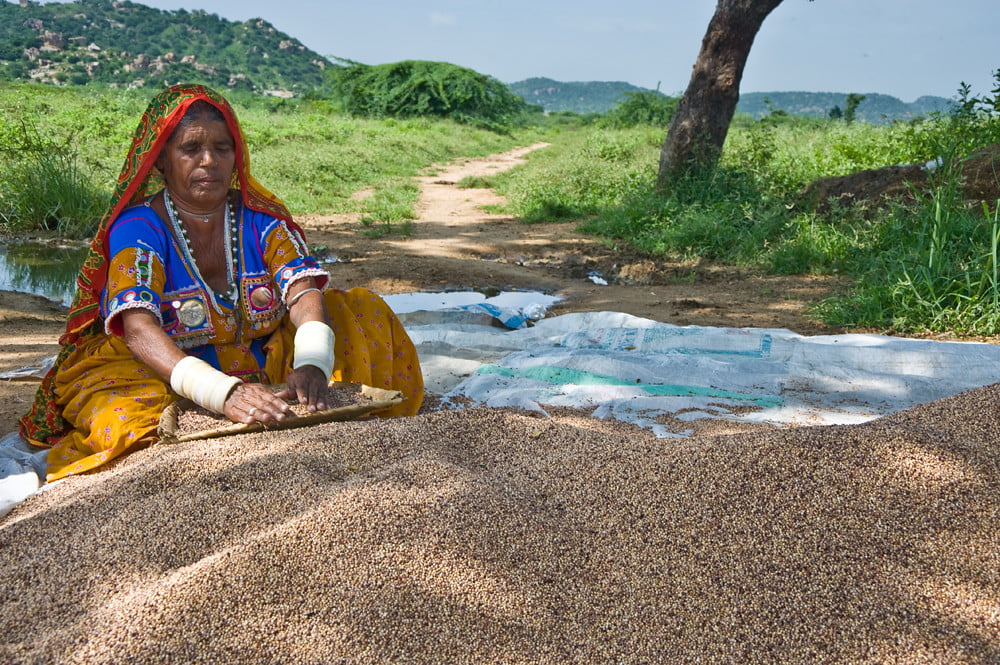Commercial food production anywhere in the world requires significant government subsidies. India is no exception.
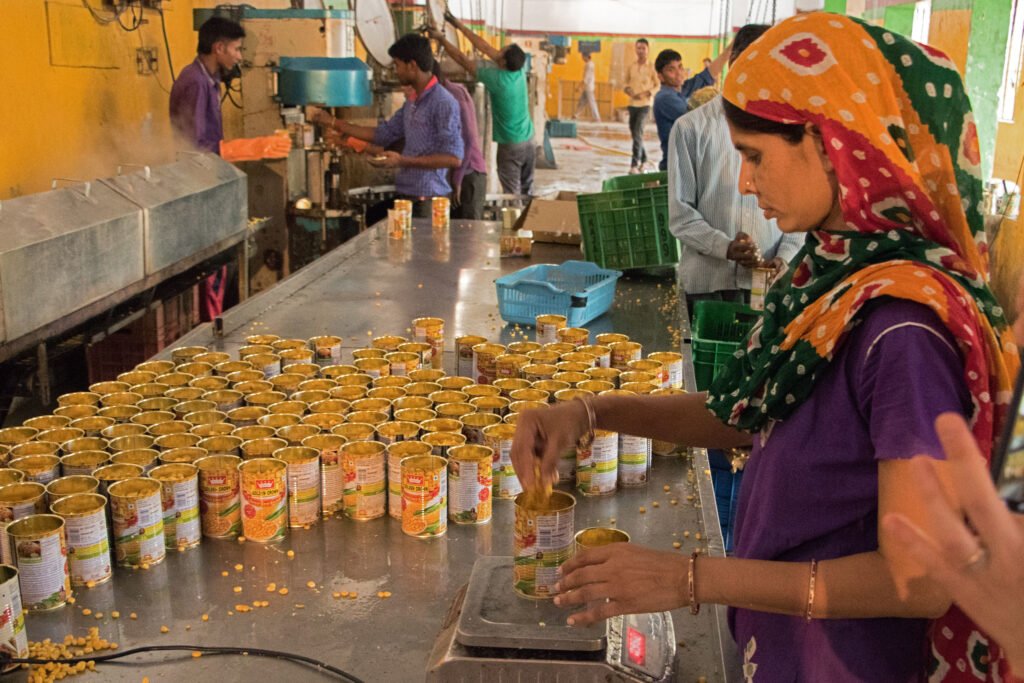 Worker weighing cans as she fills them with corn at Pratibha Foods Processing unit in Sonipat District, Haryana, India. : IFPRI/Flickr
Worker weighing cans as she fills them with corn at Pratibha Foods Processing unit in Sonipat District, Haryana, India. : IFPRI/Flickr
Commercial food production anywhere in the world requires significant government subsidies. India is no exception.
Demand for foodgrains in India will outstrip supply in coming decades.
And yet some of India’s high-level policy economists still believe self-sufficiency is a natural and spontaneous feature of Indian agriculture.
They say strategies that have facilitated India’s transformation from a chronic-food-deficit country into a food self-sufficient country could now be drastically modified – even scrapped – and trading and marketing of foodgrains could be completely privatised.
These recommendations overlook better options for streamlining India’s food-production system, such as improving storage arrangements and targeting subsidy programs to states where they will do the most good.
They also completely ignore two basic facts: the likely food demand-and-supply balance in coming decades, and the non-sustainability of large-scale commercial food production without government support and subsidies. The latter applies anywhere in the world, in both developed and developing countries.
Virtually all long-range projections show that by 2050 India will be food deficit or precariously food self-sufficient. Demand for food will rise continuously: the Indian population will surpass 1.5 billion by 2050, more than 60 percent of the population will be urban, and per-capita income is expected to more than double. Food production will barely be able to keep pace with increasing demand because the yield rates of wheat and rice are already stagnating and the area under these two crops is shrinking due to increasing urbanisation and shifts to other crops.
Many economists agree that large-scale production of foodgrains requires government support. After 25 years of the World Trade Organization (WTO), developed countries still provide huge subsidies to their farmers that amount to 50 percent or more of the farmers’ income.
The farm policy debate in the West is about which would be the cheapest, most concealed and least trade-distorting method of providing this support. This is the stark fact behind the WTO’s blue and green boxes (denoting types of government support according to their effect on trade and other factors) and continued farm subsidies to keep Europe green.
In India, scrapping such government policies as the minimum support price (MSP) and the public procurement system is a sure recipe for endangering food self-sufficiency. It would result in a drastic reduction of the area under wheat and rice in the main surplus-producing states. Consequently, India’s food self-sufficiency would collapse much earlier than 2050.
Even after 50 years of the green revolution, substantial regular surpluses of foodgrains occur only in some states; most are foodgrain deficit or barely self-sufficient. As such, a single price and procurement policy regime cannot be implemented in these latter two types of state. However, no one denies the urgent need to reform the present system of procurement, storage and distribution of foodgrains: it is a large burden on government resources and suffers from gross inefficiency and huge waste.
The agro-food chain in India has a number of stages: (1) production of foodgrains by farmers; (2) procurement of foodgrains by public agencies; (3) transportation of foodgrains to stores; (4) storage of foodgrains; (5) release of foodgrains in the open market for processing and to stabilise seasonal price fluctuations; (6) release of foodgrains for distribution to poorer citizens at cheap rates; (7) release of foodgrains for export.
Some of these stages, such as transportation, storage, processing and export, could be privatised without risking long-term food self-sufficiency. Release of foodgrains to the open market and distribution of grain to poorer citizens could also be privatised.
There are 2220 warehouses in India, of which 141 are private and 2079 are run by state governments and the central government. A High Level Committee report on restructuring the Food Corporation of India lists the cost of maintaining stock in these warehouses at 182.3 billion rupees (US$2.4 billion), and freight makes up 36 percent of this total.
However, procurement of wheat and paddy from the regular/surplus-producing states should be kept with public agencies. Privatisation of the procurement of wheat and paddy from these states will result in political unrest, and may also result in a substantial reduction in the area under these two crops in the regular surplus-producing states.
The system of fixing the MSP for wheat and paddy must be changed. The MSP for these crops should be based on world market prices, with the average over the last three years used as a basis. This change will ensure that surplus stocks of wheat and rice are easily exported without any major loss to the government.
The present system of MSP and public procurement should be continued in the regular surplus-producing states, where it has been successfully functioning for more than 50 years. However, it should not be mechanically extended to food-deficit or barely self-sufficient states, where it would be too costly to operate. In these states farmers should receive a cash subsidy per acre of wheat and paddy sown, paid directly into their bank accounts.
The system of distributing free foodgrains to a large proportion of the population has been in operation for two years and should not be stopped abruptly but instead tapered off over the next few years. There is a political cost to withdrawing benefits, as recent farmer agitation shows. (Rome introduced free distribution of wheat and oil to its citizens as a temporary measure, but it had to be continued for more than 200 years.) Similarly, it will not be easy to dismantle the MSP and public-procurement system of wheat and paddy in the main surplus-producing states.
The cost/benefit analysis of the central government’s food-subsidy bill cannot be undertaken along the same lines as other items of government expenditure. It has to be assessed more like defence expenditure. It is imperative to safeguard the integrity of India’s borders, so the armed forces must be adequately equipped irrespective of the cost involved. In the same way, India’s food self-sufficiency cannot be compromised, whatever the cost.
H.S. Shergill is Professor Emeritus of the Department of Economics at Panjab University, and Director (Research) at the Punjab Development Studies Unit, Institute for Development and Communication, Chandigarh.
Varinder Sharma is Associate Professor at the Punjab Development Studies Unit, Institute for Development and Communication, Chandigarh.
Originally published under Creative Commons by 360info™.


